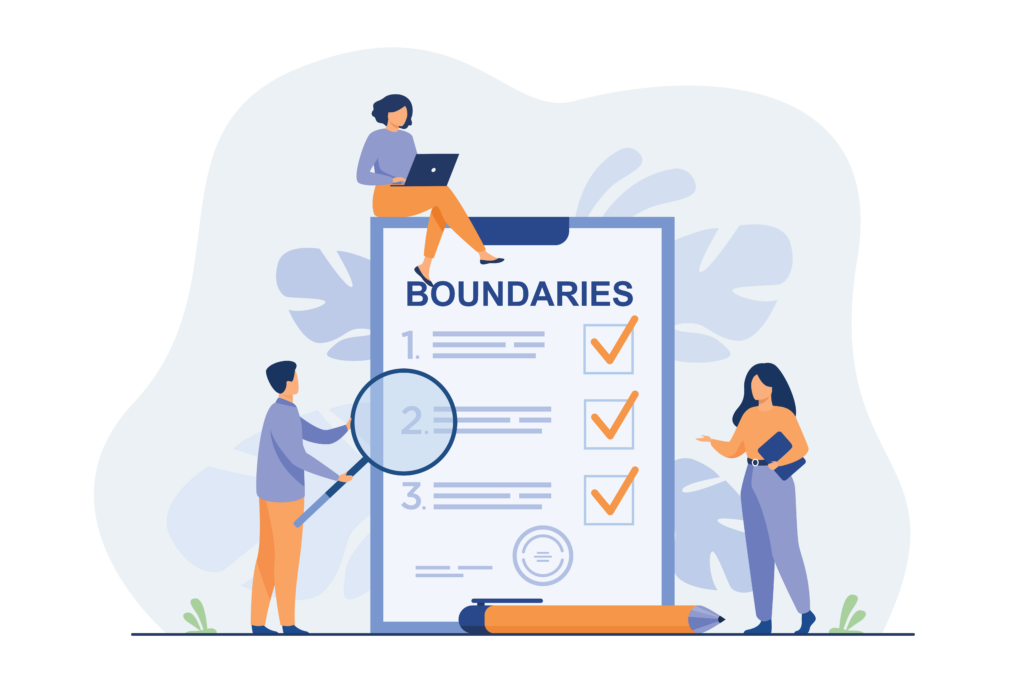4. Setting and applying appropriate boundaries


Why it matters
In mature organizations, people often tend to operate on the side of caution rather than use all the freedom available. This breeds conservatism and risk aversion which often manifest themselves in low accountability and weak initiative. Typical behaviors include upwards delegation of decisions and an obsessive need to seek ‘buy-in’ from seniors before acting.
Leaders must give enough direction to enable people to act, but no more, otherwise they tend to confuse or constrain people’s ability to use their ingenuity to achieve the intent. This enables people to adapt as the situation changes.
In addition to providing clarity about intent, leaders should aim to set people free by establishing the extent of their ability to make independent decisions and take action.

How it works
Appropriate boundaries for subordinates are included in the 5-questions Mission Alignment Process (5MAP) which includes a specific question on freedom to operate (Question 4). Within this framework, boundaries are set in terms of freedoms and constraints, which include specific limits to authority and occasionally things which must not be allowed to happen, or ‘anti-goals’.
Though the process is useful for establishing a dialogue about appropriate boundaries, effective leader behaviors are key to implementing Practice 4 (and Agile strategy) successfully. Inevitably, it’s a balance between encouraging people to act independently and to use all the freedoms available to them, while remaining aligned to the organization’s overall intention and constraints to decision-making that exist for good reasons.
Leaders must ask themselves, in each case, how much space is enough and how much support does the individual need to make use of it. This balance, of course, depends on the situation and the individual‘s experience and capability. Ideally as a leader of an Agile organization, you want to create as much space as possible to enable people to learn and operate at the boundaries of their confidence but not overstep it.
Unfortunately, this can be counter-intuitive to some very experienced people in sophisticated organizations. Some leaders are more comfortable in controling others and some people are unable or unwilling to use the freedoms available to them. Not everyone can do this well. Either of the factors can create unhealthy dependence and will potentially limit the agility of an organisation.
The way to establish the two-way trust and confidence required to enable people to set and apply appropriate boundaries is through regular ‘back briefing ’. This feedback loop allows leaders (and teams) to make a regular check that intent is understood and both parties have a common view of the operating environment. This practice establishes a positive cycle by building confidence that delegated accountabilities are being effectively discharged in line with the overall intent and identifies any additional support required. Again, effective leader behavior plays a more important role than the process. Leaders should ask “How can I support you to succeed?” rather than “I wouldn’t have done it that way”.
As people develop confidence in setting and applying appropriate boundaries, the underlying assumption becomes: if there are no constraints, people are free to act (or not act) provided that their effort supports the overall intention of the organization.